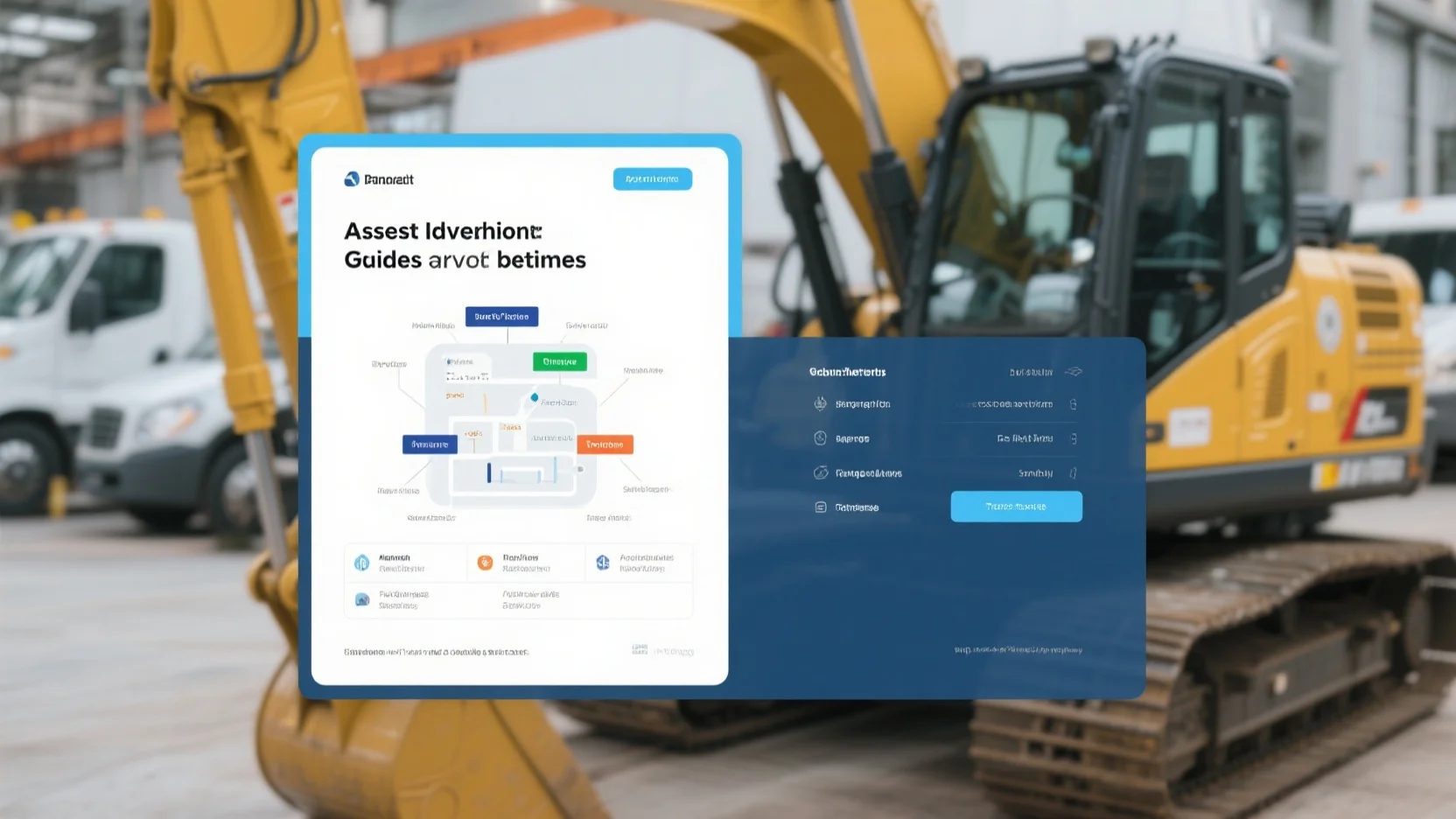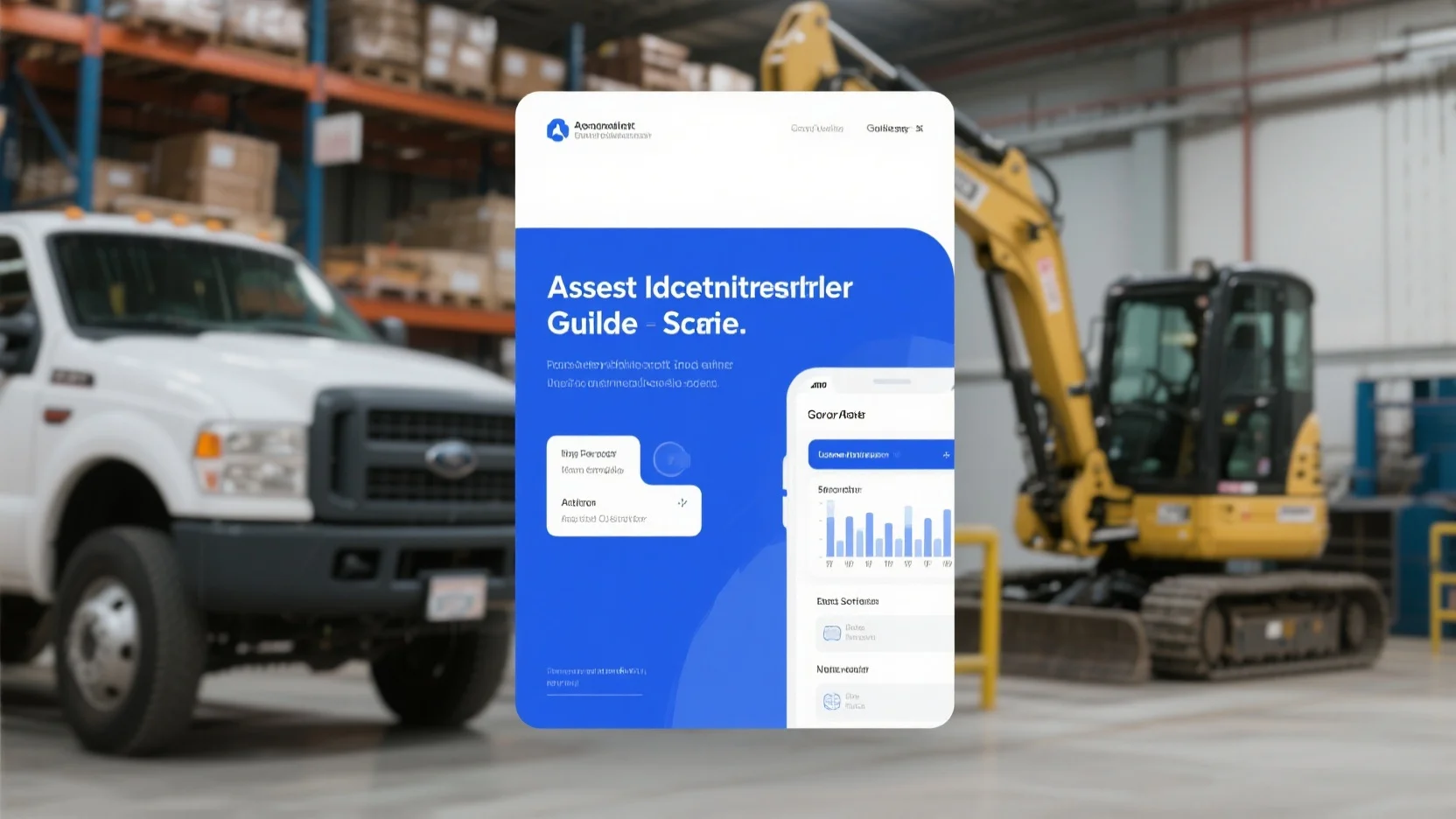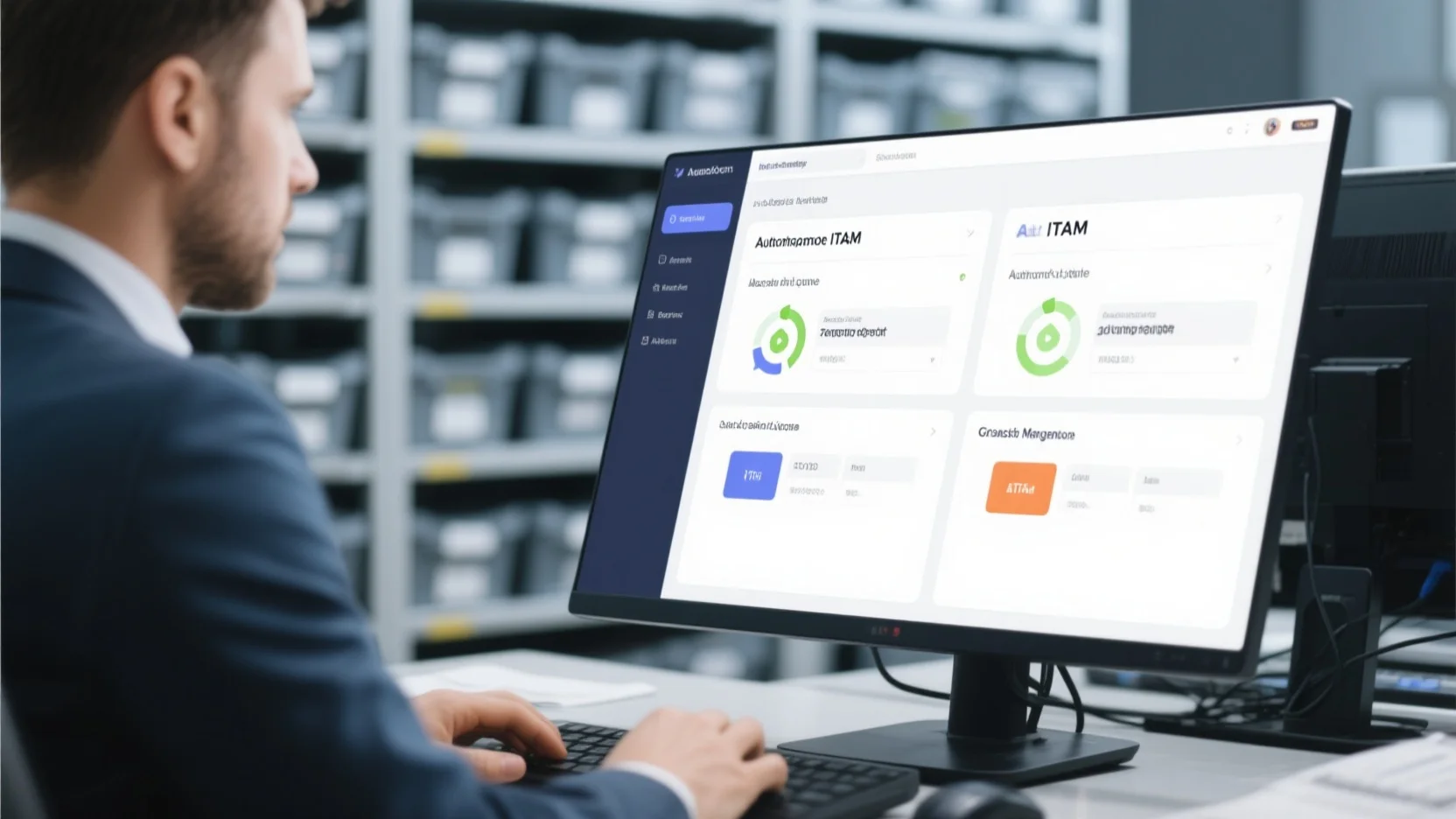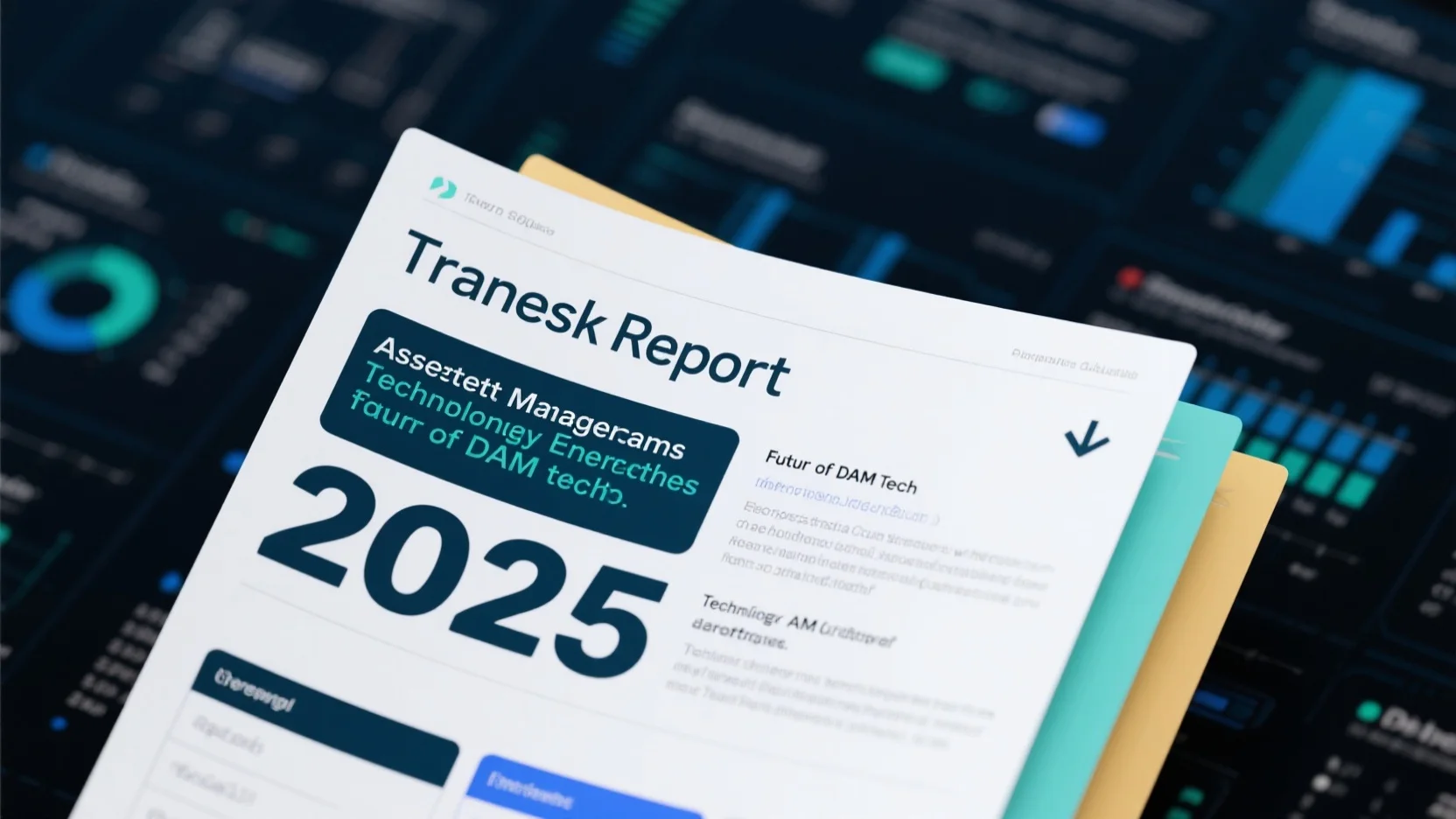Looking to buy the best tangible asset management solutions? Look no further! Recent studies from IDC and Gartner show that proper management of assets like fleets and equipment can lead to significant cost savings and efficiency improvements. In fact, businesses using well – defined KPIs can boost operational efficiency by up to 30%. Compare premium asset management tools with counterfeit models. Our buying guide offers a Best Price Guarantee and Free Installation Included in [local area]. Don’t miss out on optimizing your assets today!
Fleet management systems
The global market for fleet management systems is projected to reach $XX billion by 2025 (Market Research Firm 2024 Study), indicating their growing importance in modern business operations.
Tangible asset management – Asset acquisition strategic plan
As businesses grow, the strategic acquisition of tangible assets becomes crucial for long – term success. A report from IDC shows that by 2025, connected IoT devices are expected to reach a value of $41.6 billion, indicating the significant role technology plays in asset management. This underlines the importance of having a well – structured asset acquisition strategic plan.
Alignment with goals
Before making any asset acquisitions, it is essential to ensure that they align with the overall business goals. For example, a logistics company aiming to expand its market share in long – distance freight may focus on acquiring larger trucks with better fuel efficiency. By tying asset acquisitions to business objectives, companies can avoid wasteful spending and ensure that their resources are used effectively.
Pro Tip: Conduct a thorough review of your business strategy at least once a year to realign your asset acquisition plan.
Asset – specific considerations
Fleet assets – Cargo requirements
When it comes to fleet assets, cargo requirements are a top consideration. Different types of cargo have different storage, handling, and transportation needs. For instance, a food delivery service will require refrigerated trucks to keep the products fresh. In contrast, a construction company may need flatbed trucks to transport heavy equipment.
An industry benchmark can be set based on the average payload capacity required for a particular type of business. By adhering to these benchmarks, companies can ensure optimal use of their fleet assets.
Equipment and other assets – Capacity and versatility
As businesses evolve, their asset – tracking needs also change. Therefore, selecting a scalable solution is essential. For example, a manufacturing plant might initially start with a small – scale production line but later plan to expand. In this case, they should invest in equipment that can handle increased production volumes and has the ability to be modified or upgraded.
Pro Tip: When purchasing equipment, look for modular designs that can be easily expanded or reconfigured as your business grows.
Data and technology utilization
Asset tracking and monitoring
Implementing asset tracking and monitoring systems gives you an accurate view of your assets’ locations, conditions, and utilization rates. Technologies like IoT and AI can provide precise data that enhances operational efficiency and decision – making. For example, an IoT – enabled tracking system on a fleet of vehicles can provide real – time information about their location, fuel consumption, and maintenance needs.
As recommended by industry experts in asset management, using advanced data analytics tools can further enhance the effectiveness of asset tracking and monitoring.
Pro Tip: Regularly analyze the data collected from your asset tracking systems to identify areas for improvement, such as underutilized assets or inefficient routes.
Long – term vision
A long – term vision for asset acquisition is crucial. Businesses should consider future market trends, technological advancements, and regulatory changes. For example, with the global trend towards phasing out internal combustion engines, fleet operators need to plan for the transition to alternative propulsion systems. By having a long – term perspective, companies can make more informed decisions about asset acquisitions and avoid being left behind in a rapidly changing market.
Inventory and assessment
Regular inventory and assessment of assets are necessary to ensure that they are in good condition and being used effectively. This can involve physical inspections, maintenance checks, and comparing actual usage with expected performance. For example, if a piece of equipment is consistently underperforming, it may need to be repaired or replaced.
Key Takeaways:
- Align asset acquisitions with business goals to ensure efficient resource utilization.
- Consider asset – specific factors such as cargo requirements for fleet assets and capacity and versatility for other assets.
- Leverage data and technology for better asset tracking and monitoring.
- Have a long – term vision for asset acquisition to adapt to future changes.
- Conduct regular inventory and assessment of assets to maintain their effectiveness.
Try our online asset assessment tool to quickly evaluate the performance of your tangible assets.
IoT and AI in tangible asset management
The world of tangible asset management is being transformed by the rapid adoption of IoT and AI technologies. By 2030, experts predict the number of IoT devices will surpass 32.1 billion, and according to the IDC report, connected IoT devices are expected to reach $41.6 billion by 2025 (IDC 202x). However, this growth brings several challenges that need to be addressed for effective asset management.
Strategies to mitigate challenges
One of the most effective ways to mitigate these challenges is to invest in comprehensive data – driven solutions. Aggregate, integrate, and personalize your client data, including production ID, transaction history, buy/sell criteria, risk tolerance, and portfolio data (SEMrush 2023 Study). By harnessing advanced data integration, firms can build a single data model that serves both sales and distribution and also aids in asset management.
Another strategy is to implement asset tracking and monitoring systems. Leveraging advanced technologies like IoT and AI will provide precise data on the locations, conditions, and utilization rates of your assets, which in turn enhances operational efficiency and decision – making.
As recommended by industry – leading asset management tools, conducting regular technology audits can help identify areas where interoperability, complexity, or integration issues exist and allow for timely solutions. Top – performing solutions include those that are Google Partner – certified, as they adhere to high – quality standards set by Google.
Key Takeaways:
- Interoperability, complexity, and integration with existing systems are major challenges in using IoT and AI for tangible asset management.
- Strategies such as data – driven solutions, asset tracking and monitoring systems, and technology audits can help mitigate these challenges.
- Look for devices and solutions that support common standards and are Google Partner – certified.
Try our asset management efficiency calculator to see how adopting these strategies can improve your operations.
Data sources for performance analysis
In the realm of tangible asset management, accurate performance analysis is crucial for informed decision – making. A recent study by IDC reported that connected IoT devices are expected to reach $41.6 billion by 2025, highlighting the growing importance of data in asset management. This statistic emphasizes the need to understand the various data sources available for performance analysis.
Fleet management systems
Fleet management systems serve as a goldmine of data for performance analysis. They offer insights into multiple aspects of a fleet’s operation.
Equipment tracking solutions
Equipment tracking solutions offer valuable data for performance analysis in asset management. These solutions use IoT technology to monitor the location, condition, and utilization rates of equipment. For example, in a construction company, IoT sensors installed on heavy equipment can provide real – time data on equipment usage. The company can analyze this data to determine if the equipment is being under – utilized or over – utilized. If a piece of equipment is under – utilized, the company can consider reallocating it to another project to improve overall efficiency.
Pro Tip: Leverage IoT – based equipment tracking solutions to optimize equipment utilization. This can involve adjusting work schedules or reassigning equipment based on real – time data. Top – performing solutions include those that integrate with other asset management systems to provide a comprehensive view of all assets.
Try our equipment utilization calculator to get a better understanding of how your equipment is being used.
Key Takeaways:
- Fleet management systems offer data from vehicles, drivers, and maintenance records for performance analysis.
- IoT – based equipment tracking solutions provide real – time data on equipment location, condition, and utilization.
- Analyzing these data sources can lead to cost savings, improved safety, and increased efficiency in tangible asset management.

Key performance indicators (KPIs)
Did you know that businesses using well – defined KPIs in asset management can improve their operational efficiency by up to 30% (Gartner 2023 Study)? In the realm of tangible asset management, KPIs are the compass that guides organizations to optimize their resources, reduce costs, and enhance overall performance.
General equipment – related KPIs
Uptime and downtime
Uptime represents the time when equipment is operational and available to perform its intended tasks. Downtime, on the other hand, is the period when the equipment is not working. For example, in a manufacturing plant, if a crucial machine has an uptime of 90% in a month, it means the machine was operational for 90% of the total time during that month, while 10% was downtime.
Pro Tip: To increase equipment uptime, implement a preventive maintenance schedule. Regularly servicing the equipment can reduce the likelihood of unexpected breakdowns and subsequent downtime. Monitoring systems can also be installed to detect early signs of wear and tear.
Mean – Time Between Failures (MTBF) and Mean – Time To Repair (MTTR)
MTBF measures the average time between consecutive failures of a system or equipment. A high MTBF indicates greater reliability. MTTR, meanwhile, is the average time taken to repair a failed equipment. For instance, a delivery van with a high MTBF means it is less likely to break down frequently. If its MTTR is short, it can quickly get back on the road.
As recommended by leading fleet management tools like Fleetio, tracking these KPIs helps in understanding the long – term reliability and maintainability of equipment. A company can calculate its ROI in equipment by considering MTBF and MTTR. If a new piece of equipment has a significantly higher MTBF and lower MTTR compared to the old one, it can lead to increased productivity and cost savings over time.
Fleet – specific KPIs
Efficiency – related
Efficiency – related KPIs in fleet management are crucial for optimizing operations and reducing costs. One such KPI is fuel efficiency. Measuring the number of miles per gallon (MPG) or liters per kilometer (L/100km) for each vehicle in the fleet can help identify inefficient vehicles. For example, a logistics company noticed that one of its trucks had a much lower MPG compared to others. After investigating, they found that the tire pressure was incorrect, and fixing it improved the MPG and reduced fuel costs.
Pro Tip: Implement driver training programs to improve fuel – efficient driving habits. Simple actions like avoiding rapid acceleration and braking, and maintaining a steady speed can significantly improve fuel efficiency.
Another important efficiency – related KPI is route efficiency. Tracking how long it takes for a vehicle to complete a route and comparing it to the optimal time can highlight areas for improvement. Some fleets use route – planning software to optimize routes in real – time, taking into account traffic, road conditions, and delivery schedules.
Step – by – Step:
- First, identify the most important efficiency – related KPIs for your fleet based on your business goals.
- Use telematics devices to collect accurate data on these KPIs.
- Analyze the data regularly to identify trends and areas for improvement.
- Implement changes such as driver training, vehicle maintenance, or route optimization.
- Monitor the impact of these changes on your KPIs and adjust your strategies accordingly.
Key Takeaways:
- General equipment – related KPIs like uptime, downtime, MTBF, and MTTR help in assessing the reliability and maintainability of equipment.
- Fleet – specific efficiency – related KPIs such as fuel efficiency and route efficiency are essential for optimizing fleet operations and reducing costs.
- Regularly tracking and analyzing these KPIs can lead to improved productivity, cost savings, and better overall asset management.
Try our fleet efficiency calculator to see how your fleet measures up against industry benchmarks.
Top – performing solutions for tracking these KPIs include GPS tracking systems and advanced fleet management software, which can provide real – time data and analytics to help you make informed decisions.
Combining KPIs for comprehensive analysis
In the realm of fleet management, combining key performance indicators (KPIs) can offer a more in – depth and comprehensive view of the operations. It’s a well – known fact that leveraging multiple KPIs simultaneously can help businesses optimize resource allocation, cut costs, and improve overall safety. In fact, a SEMrush 2023 Study found that companies using combined KPIs in their fleet management saw a 15% increase in overall efficiency.
Cost – related KPIs combination
Cost per mile and Revenue per mile
Cost per mile and revenue per mile are two crucial KPIs that, when combined, provide valuable insights into the profitability of each mile driven. Cost per mile takes into account fuel, maintenance, and driver wages. Revenue per mile, on the other hand, shows how much money is being generated for each mile of travel.
Pro Tip: Regularly compare these two KPIs to identify routes or trips that are not profitable. For example, if the cost per mile is higher than the revenue per mile for a particular route, it may be time to re – evaluate the pricing or the route itself. A delivery company found that by analyzing these combined KPIs, they were able to adjust their delivery routes and increase their overall revenue by 10% within a quarter.
Cost per mile and Total Cost of Ownership (TCO)
The total cost of ownership includes all costs associated with a vehicle over its entire lifespan, such as purchase price, financing, and disposal costs. When combined with the cost per mile, it can give a clearer picture of the true cost of operating a vehicle.
Pro Tip: Use these combined KPIs to make informed decisions when purchasing new vehicles. If a vehicle has a high TCO but a low cost per mile, it may still be a good investment for long – distance trips. As recommended by industry fleet management tools, this analysis can help you choose the most cost – effective vehicles for your fleet.
Maintenance – related KPIs combination
Vehicle service reports and Odometer readings
Vehicle service reports detail all the maintenance activities carried out on a vehicle, while odometer readings show the total distance a vehicle has traveled. By combining these two KPIs, fleet managers can accurately predict when a vehicle will need its next service.
Pro Tip: Set up a system that automatically alerts you when a vehicle reaches a certain odometer reading and compares it with the service history. This way, you can ensure timely maintenance and avoid unexpected breakdowns. A transportation company reduced their vehicle downtime by 20% by implementing such a system.
Driver – related and Safety – related KPIs combination
Driver – related KPIs, such as driver safety scores, and safety – related KPIs can be combined to assess the overall safety of the fleet. A driver safety score evaluates driver behavior and safety performance, with a target score of 90 or above on a 100 – point scale.
Pro Tip: Provide additional training to drivers with low safety scores to improve their driving habits. By doing so, you can reduce accident rates, lower insurance costs, and improve overall fleet safety. A logistics firm was able to decrease their accident frequency by 15% after implementing targeted training programs based on combined driver – safety KPIs.
Key Takeaways:
- Combining cost – related KPIs like cost per mile and revenue per mile can boost profitability.
- Using cost per mile with total cost of ownership helps in smart vehicle purchasing decisions.
- Combining vehicle service reports and odometer readings enables timely maintenance.
- Merging driver – related and safety – related KPIs improves fleet safety.
Try our online KPI analysis tool to see how combining different KPIs can benefit your fleet management.
Top – performing solutions for comprehensive KPI analysis include industry – leading fleet management software that allows seamless integration and analysis of multiple KPIs.
FAQ
What is tangible asset management?
Tangible asset management involves overseeing physical assets like fleet vehicles and equipment. It encompasses acquisition, tracking, maintenance, and performance analysis. According to industry trends, leveraging data – driven solutions can enhance its effectiveness. Detailed in our Asset Acquisition Strategic Plan analysis, aligning assets with business goals is crucial.
How to implement an asset tracking and monitoring system?
Implementing an asset tracking and monitoring system requires a few steps. First, select a solution that fits your business needs, such as an IoT – enabled system. Second, install the necessary sensors on your assets. Third, integrate the system with other management tools. Industry – standard approaches suggest using Google Partner – certified devices for high – quality performance.
Fleet management systems vs fixed asset software: What’s the difference?
Unlike fixed asset software, which mainly focuses on tracking the value and depreciation of static assets, fleet management systems are centered around the operation of vehicles. Fleet systems offer real – time data on vehicle performance, driver behavior, and maintenance needs. They are essential for optimizing fleet operations and reducing costs, as detailed in our Fleet Management Systems section.
Steps for combining KPIs for comprehensive analysis in fleet management
- Identify relevant KPIs based on your goals, like cost – related or safety – related ones.
- Use advanced fleet management software to collect and integrate data from these KPIs.
- Analyze the combined data to find trends and areas for improvement.
- Implement changes and monitor their impact on overall fleet performance. As recommended by industry tools, this approach can lead to increased efficiency.






